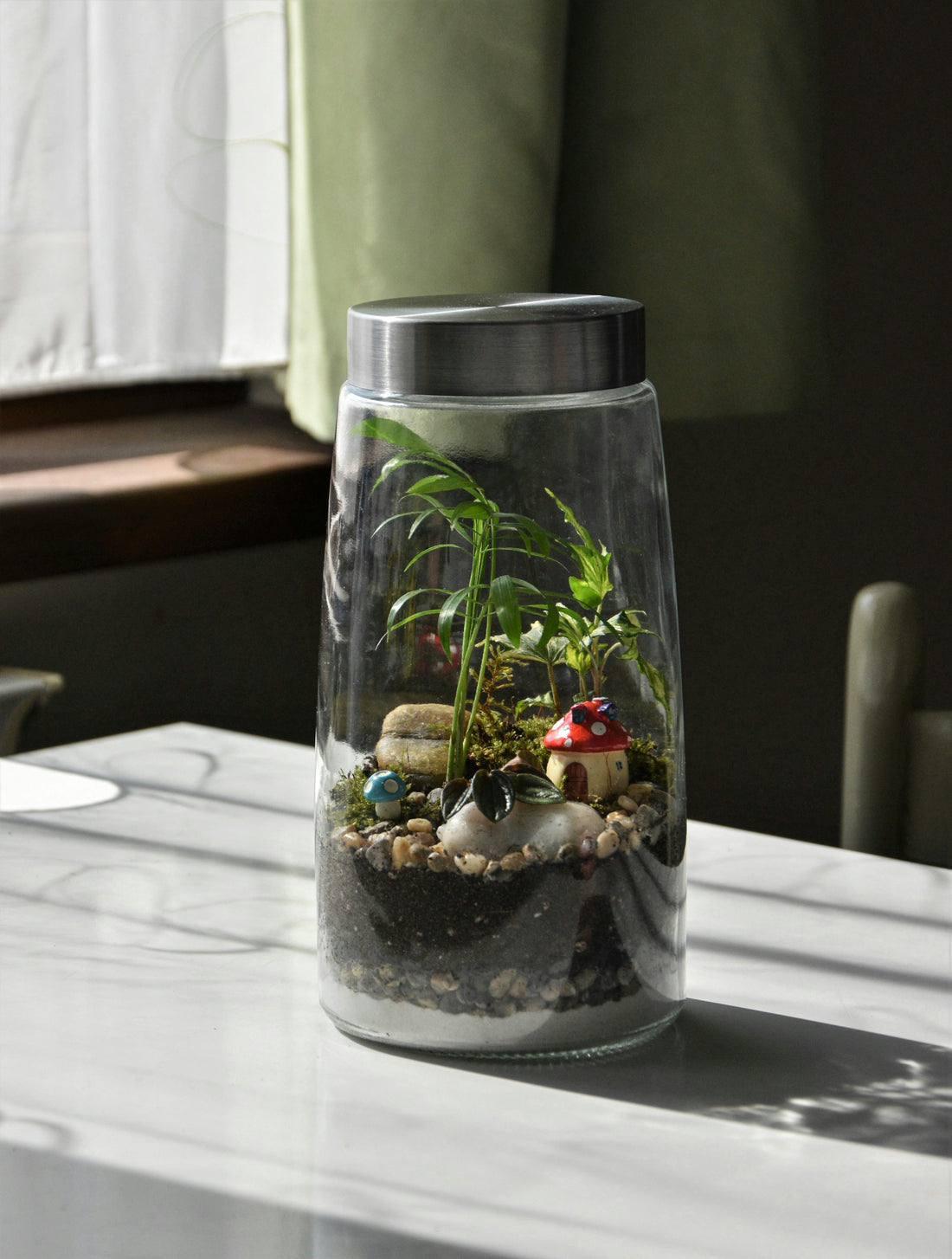
Glassware Waste: The Hidden Environmental Impact
Share
In the realm of sustainability, our focus often turns to plastic waste, yet glassware waste presents its own set of challenges and opportunities for improvement. Glass, revered for its durability and recyclability, has found its way into every household and industry. However, the lifecycle of glassware isn't without its environmental footprint.
Understanding Glassware Waste
Glassware waste encompasses both production and disposal issues. While glass is endlessly recyclable, the process requires substantial energy consumption. Moreover, not all glassware is recycled, leading to significant landfill accumulation.
Environmental Impacts
1. Energy Consumption: The production of glassware involves high energy inputs, contributing to carbon emissions and resource depletion.
 Personal Action StepsPhoto by Kym MacKinnon on Unsplash
Personal Action StepsPhoto by Kym MacKinnon on Unsplash
2. Landfill Concerns: Non-recycled glassware adds to landfill mass and poses environmental risks due to its non-biodegradable nature.

Photo by Shiola Odan on Unsplash
Solutions and Innovations
1. Recycling Initiatives: Encouraging widespread recycling of glassware through community programs and accessible recycling centers.

Photo by Juli Kosolapova on Unsplash
2. Reusable Alternatives: Promoting reusable glassware options to reduce single-use consumption and waste.
 Photo by micheile henderson on Unsplash
Photo by micheile henderson on Unsplash
Choose Wisely: Opt for durable glassware over disposable options.
a) Recycle Responsibly: Ensure glassware is properly sorted for recycling.
b) Support Sustainability: Advocate for local policies promoting glass recycling and reduction of single-use items.
Conclusion
As consumers and businesses alike, understanding the impact of glassware waste is crucial for fostering sustainable practices. By embracing recycling efforts, supporting innovation, and making conscious choices, we can minimize our ecological footprint and pave the way towards a cleaner, greener future.
